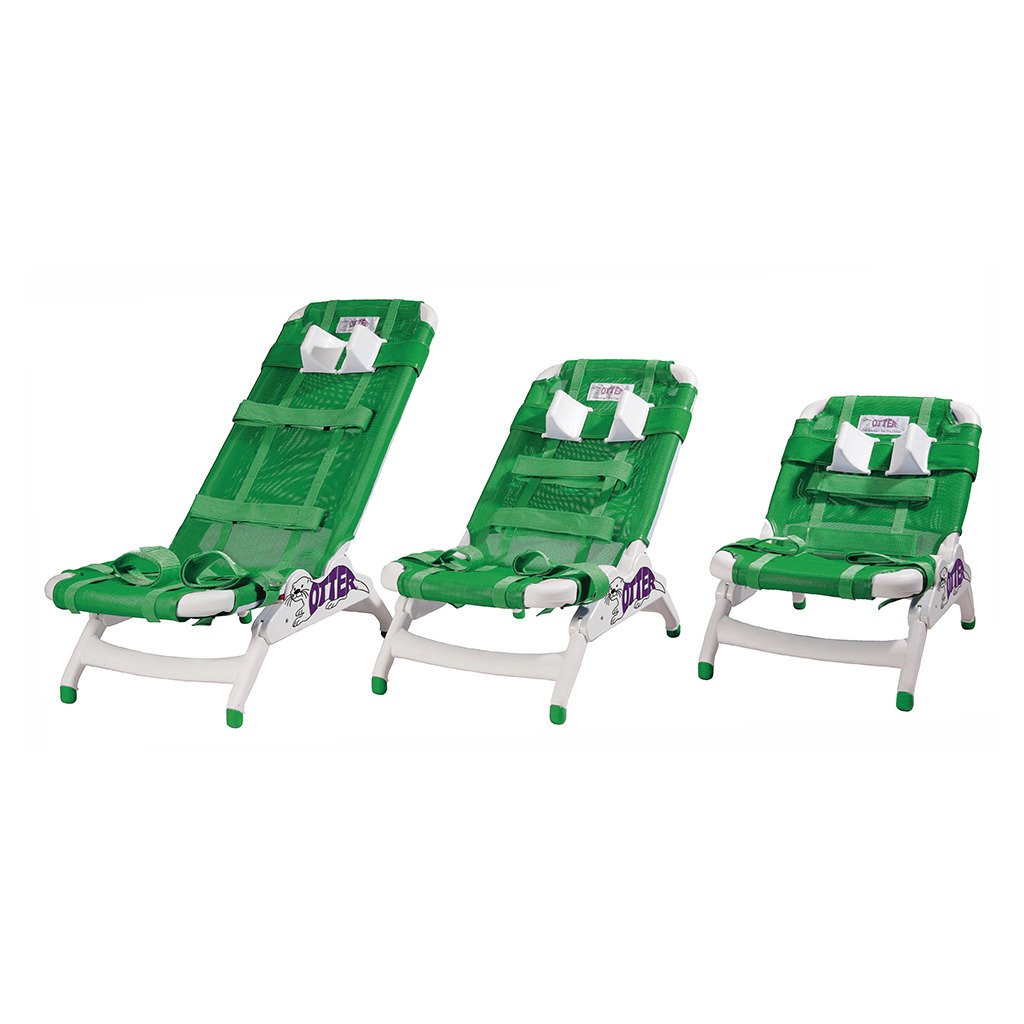
Bath/Shower Chairs & Hygiene-Toilet Systems (HTS)
What to think about when determining the appropriate bath chair for your child
School therapists usually do no write letters of medical necessity for bath chairs and transfer systems as they are used within the home- not at school
Bath chairs and transfer systems can offer a wide range of support from very little to maximal support
Very little support: such as a commode or transfer bench (If the family is able, these items can be purchased at a local drug store, Walmart or Amazon or can be found at a local loan closet)
How much space does the family have to store this item in their home?
Bath chairs and transfer systems can be very bulky, consider what they family’s bathroom looks like. Where will the family store this equipment? Is there only one toilet or bathtub for the whole family?
What is their bathroom set up like?
This is important when trying to problem solve with the family and make suggestions to make their routine less strenuous and safe!
Are the doorways into their bathroom ADA compliant? Or large enough for a wheelchair or bathchair to fit through? Is the bathroom large enough to move a HTS chair around in?
Does the child get carried from their bedroom to and from the bathroom before and after their bath if they have a wheelchair that does not fit?
Does this family have a bathtub and shower combo or a walk-in shower? What is the height of the bathtub (standard is about 14-16 inches high), is there a threshold to get into the walk-in shower?
Does that family have a pull-down shower head? This can be very useful during bathing.
How does the child transfer on and off of this equipment?
If they require maximal assistance, consider transfer height. Is the family lifting the child up and over the side of the bathtub?
Can they ambulate into the bathroom or wheelchair their wheelchair into the bathroom for transfers?
Bath/shower chairs & HTS chairs to consider
Comes in 4 sizes: up to 60 pounds-250 pounds
Seat depth of the small is 13 inches and the extra-large is 20 inches
The seat width of all bath chairs is 14.5 inches and the extra-large is 17 inches
This is important if you have a child with a wider hips or wiggles around a lot
Angle adjustable seat and backrest
Adjustable legs-raise seat 7 inches off of the floor of the bathtub
Accessories: lateral supports, leg straps, chest strap, tub stand-additional 5”-10”, shower stand with wheels
Does not have a transfer system
If this bath chair meets all of your child’s needs; insurance prefers to pay for this product over other products. This would be your less costly alternative.
Comes in 3 sizes: up to 75 pounds-250 pounds
Seat depth of the small is 10.5 inches and the large is 17 inches
The seat depth of the small and medium chairs is 15 inches and the large is 17.5 inches
6 seat back angle adjustments
Calf rest adjusts independently of back
Angle adjustable seat and backrest
Adjustable legs-raise seat 7 inches off of the floor of the bathtub
Accessories: head block, chest strap, leg strap, calf rest, tub stand- additional 5.5”-11.5”, shower stand with wheels
There is a tub-transfer base option with this bath chair.
This prevents the family from lifting the child up and over the side of the bathtub. However, this child is up out of the tub slightly higher which may make bathing a little messier.
You need to know which direction the chair needs to transfer. If standing in front of the bathtub, is the shower head on the right (CCW) or left (CW)?
Comes in one size only: up to 66 pounds
Multipurpose bath seat
Can be used anywhere (the beach, splash pads)
26 position adjustable back angle
Sits low to the ground-child will be able to kick legs and “splash”
Accessories: harness, bumpers, floor sitter
If you chose this bath seat, the letter of medical necessity should stick to why this bath seat is the most appropriate BATH seat, leave out that it can be used at the beach or used elsewhere in the home. Insurance will cover items that are only medically necessary-going to the beach or a water park technically is not medically necessary. If you mention this item can be used in the home as an additional seat option-please see information in the “activity chair” section and make sure to justify why other “less costly alternatives” for seating are not appropriate and why the Splashy would be appropriate.
This can be used for toileting and bathing
Comes in 3 sizes: overall height up to 46 inches-74 inches
Multiple base options
On the toilet with mounting bracket
Over the toilet-stationary
Off of the toilet on mobile base
Tilt in space option for hygiene and pericare as well as pressure relief
This chair can be used if the family has a roll in shower. Be careful when justifying independence with this chair-this chair is not able to be self-propelled so insurance may as for more information on how this chair can increase independence…(child is safe and secure in this chair and is able to be left alone as their bowel routine may take a long time or once positioned in the shower this child is able to assist in some washing because their trunk is properly supported).
When documenting this chair, explain bathroom set up and make sure to justify that this chair will fit in the bathroom and/or shower.
Accessories: arm rests, laterals, headrest, harness, tray, foot straps, splash guard, etc.
Comes in one size: holds up to 300 pounds
Seat width is 13.8 inches
Product weight is 20.8 pounds so can be removed for others in the home to use the same bathtub
Battery powered lift that goes from the top of the bath tub, down into the bath tub. There is no transfer system but there is a swivel disc is optional to help with transfers.
The backrest can recline
Accessories: headblock, trunk support, harness, pelvic belt, swivel disc
Need to clearly justify less costly alternatives with this product
Sample letters of medical necessity
Examples from websites
Medicaid general guidelines
A positioning bath chair is covered when there is documentation of medical and hygiene needs of the member require proper positioning and alignment while providing a stable and safe means of support during bathing.
A tub stand addition is covered when the documented medical and safety needs of the member require a tub stand and when the dimension of the member’s tub will accommodate the requested stand.
A shower stand addition is covered when the documented medical and safety needs of the member require the use of a shower stand
Reclining shower-commode chair: is covered when recline is necessary to complete hygiene needs, and the member either has positioning needs that cannot be met by upright and a fixed angle chair or the member’s postural control requires recline.
Rehab (self-propelling) shower/commode chair: are defined as chairs that have large rear wheelchair style wheels, typically 18 inches or greater, to allow for self-propulsion.
Rehab style chairs are covered when the member has access to a roll in shower and is capable of independently propelling the chair into the shower and independently completing all aspects of the shower routine.
Toilet systems: Require documentation from a Urologist or Neurologist establishing the member is physiologically capable of being toilet trained
Evidence of success with an established toilet training program.
Evidence the member is unable to use a standard toilet due to physical limitations requiring additional support.






